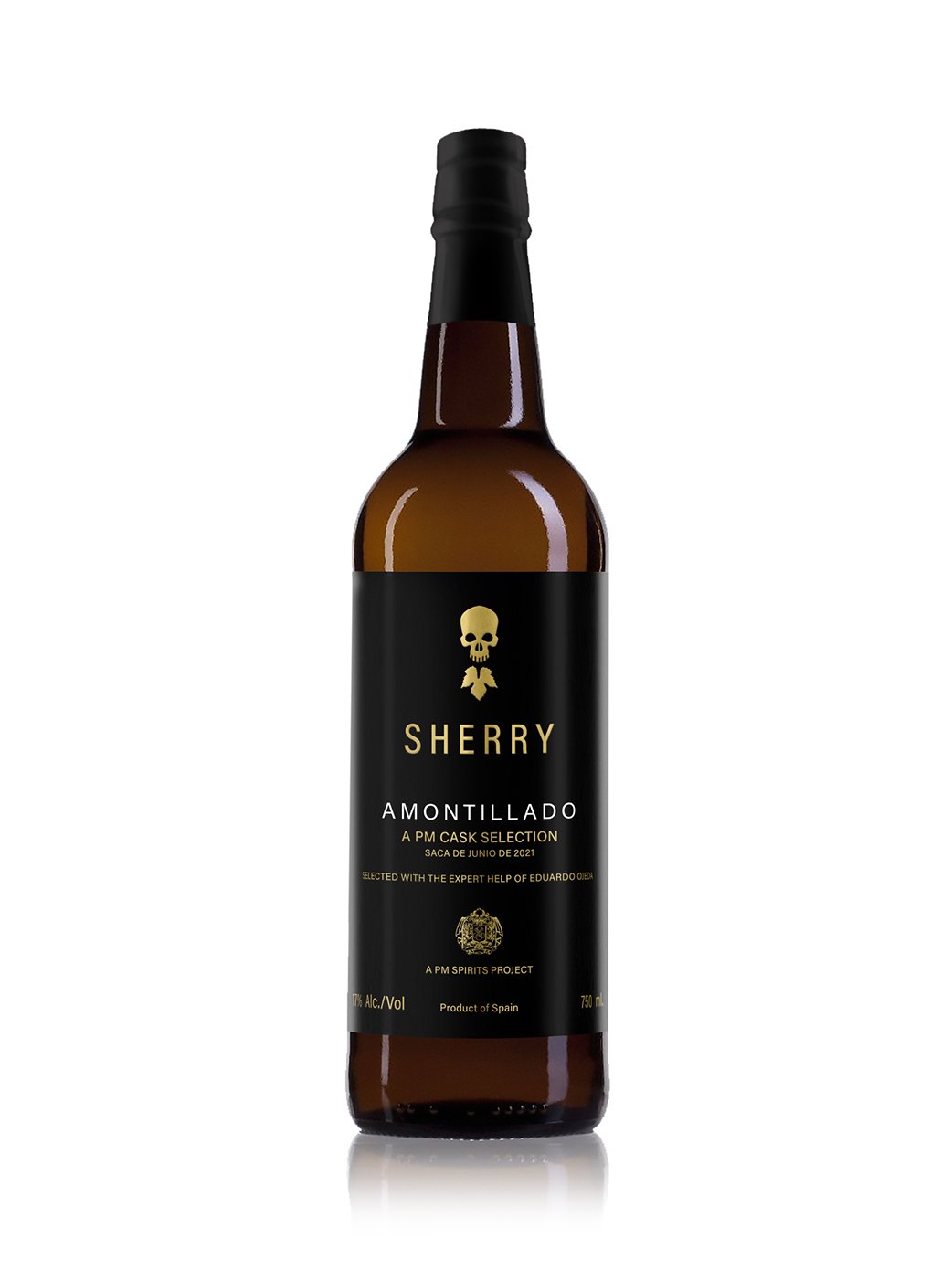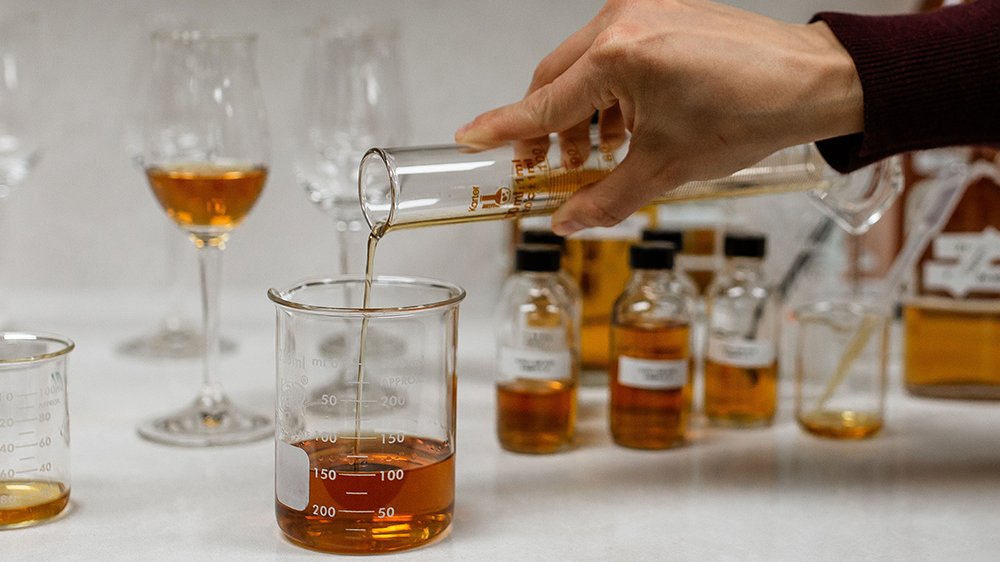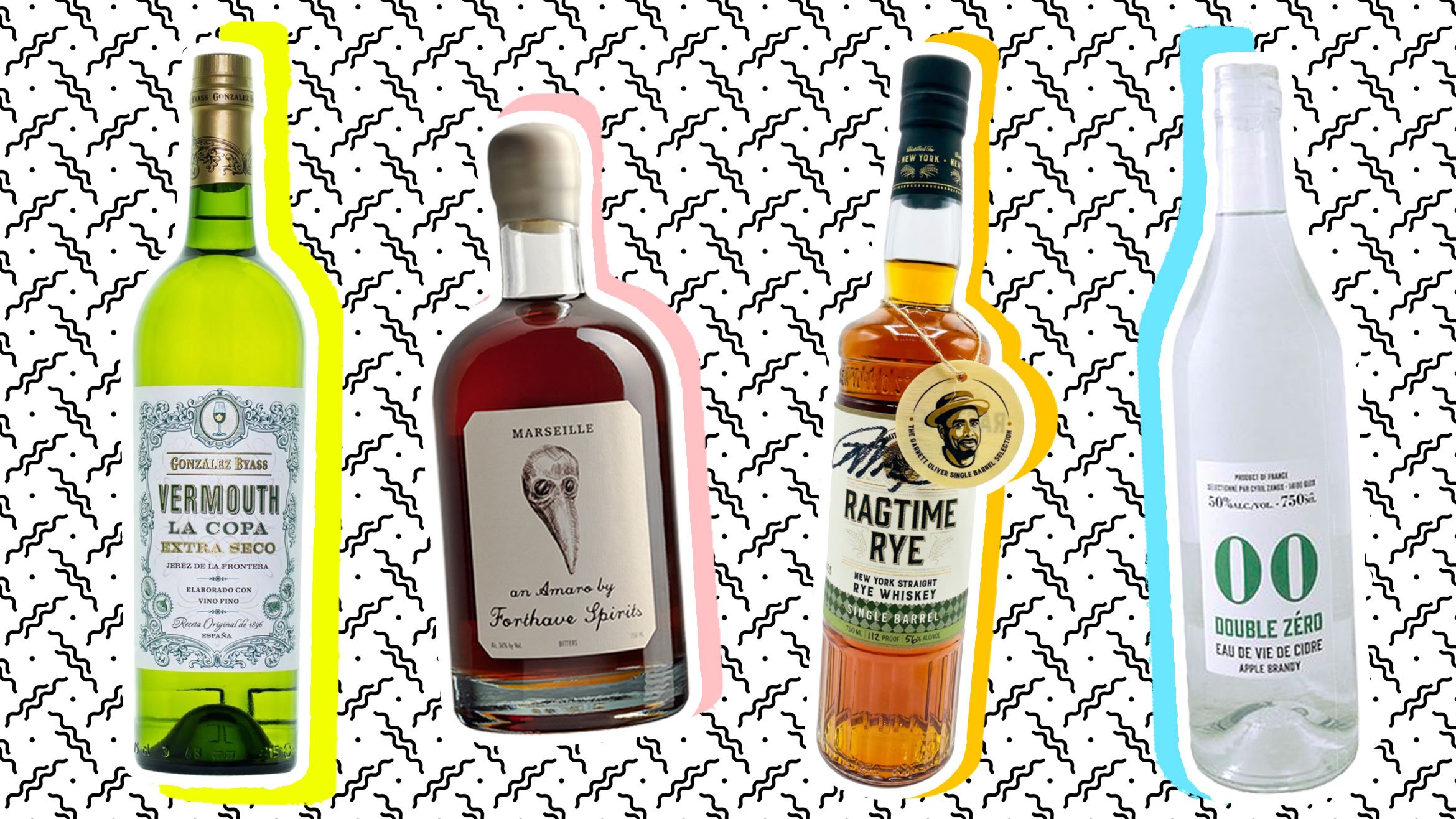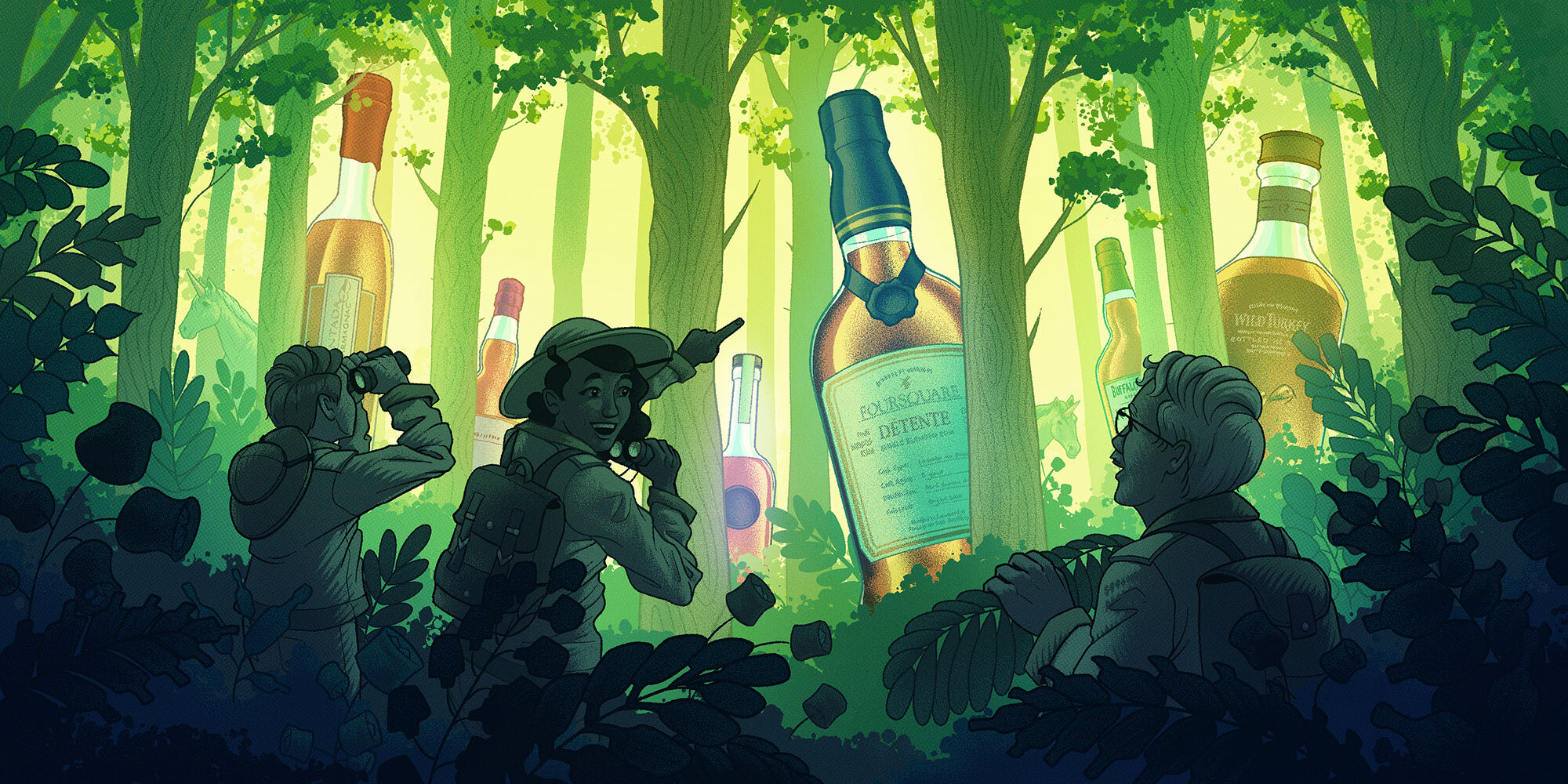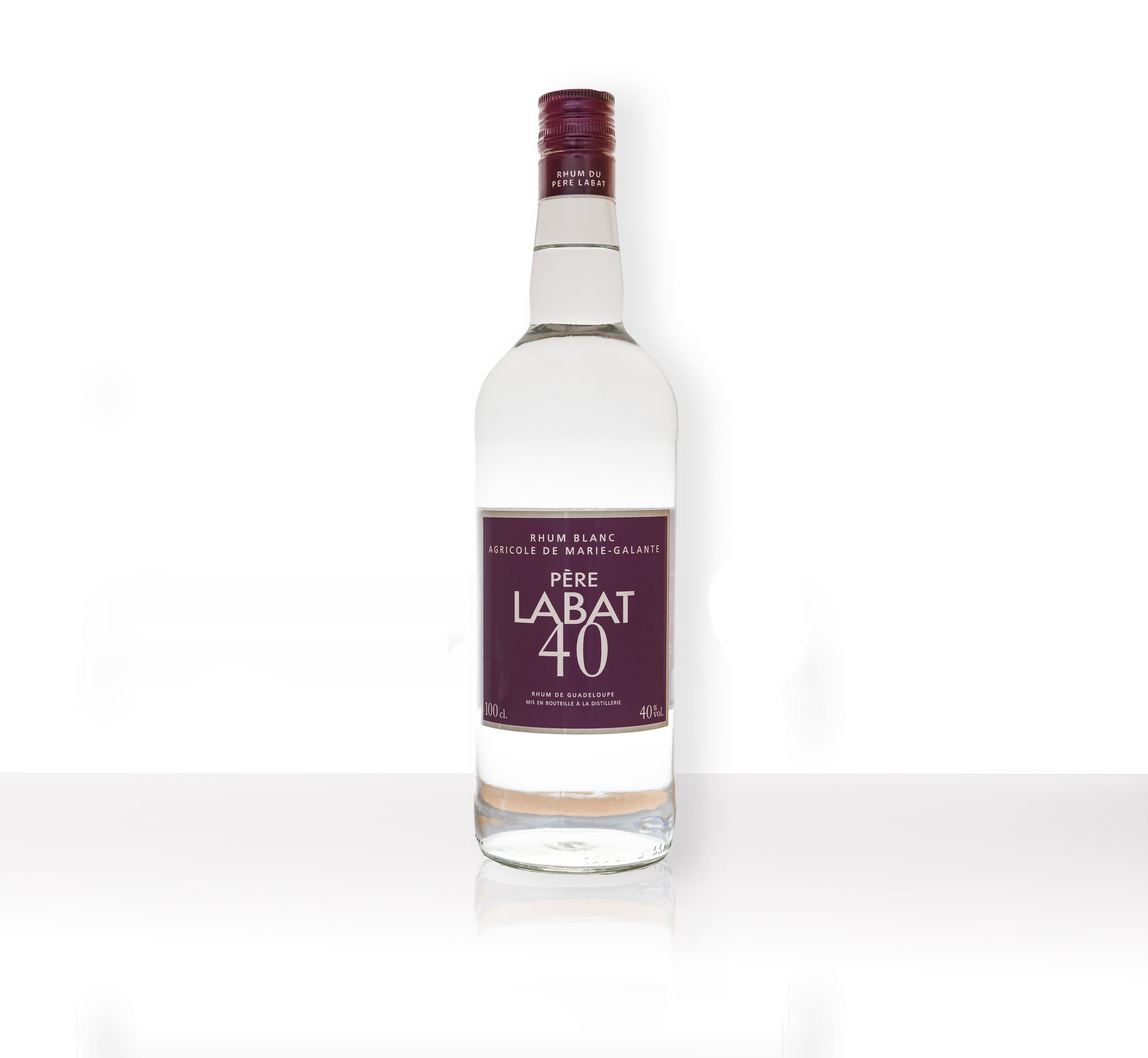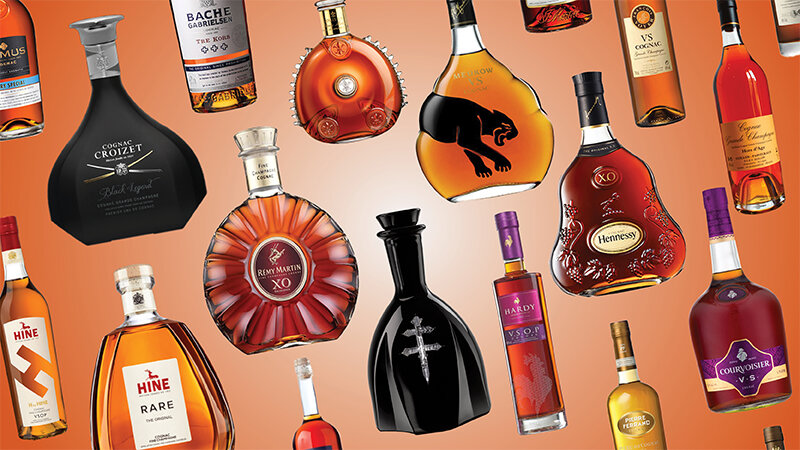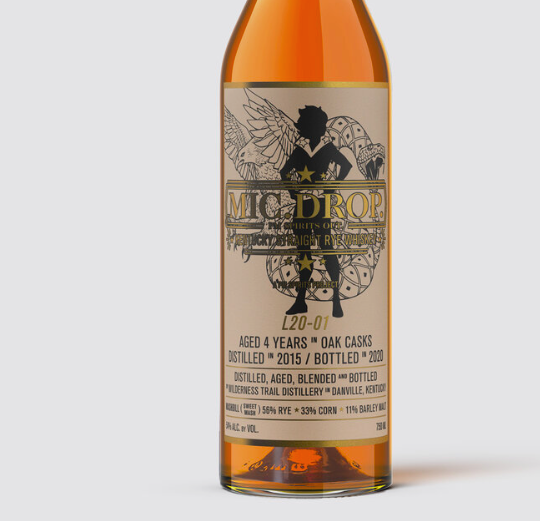For centuries, Indigenous Mexicans have been distilling agave as mezcal, but strict modern certification requirements are pushing more and more ancestral producers to ditch the term to preserve their culture
by Emma Janzen Feb 15, 2022, 9:00am EST
Photography by Juan de Dios Garza Vela
In the small Oaxacan village of Santa María Ixcatlán, Amando Alvarado Álvarez makes mezcal by channeling the secrets of seven generations of family members that came before him.
Situated on a hilly natural reserve in the northern part of the Cañada region, just three and a half hours northwest of Oaxaca City, Ixcatlán has a population of fewer than 600 people, who call themselves Xuani or Xula in their native language. The village maintains two deep-rooted customs: palm weaving and distilling mezcal (which they call ixcateco) from the hearts of papalome and espadilla agaves. Both traditions serve as a means of keeping Ixcatlán’s cultural heartbeat alive while generating income for the village. Sometimes the two practices intertwine. “Mezcal from Ixcatlán always has a bit of the flavor of the palm,” Alvarado Álvarez explains, because the papery, fan-like fronds are used as a tool during multiple stages of the mezcal-making process.
Underneath the palm-thatched roof of his family palenque, or distillery, which dates back to the early 1900s but was relocated by his grandparents to its current location in 1992, 30-year-old Alvarado Álvarez creates spirits the same way the Xuani people have for centuries. He learned from his father, who learned from his father: harvest the papalome agaves during the dry season when the plants have the right sugar content; shave the spiky leaves off, then cook the hearts of the plant (piña) for several days in an earthen pit over smoldering coals; chop the cooked agave with a machete and then pound it into a pulp with a hand-carved wooden mallet; ferment in bull leather, twisted over a quartet of posts so it cradles the agave fibers and water as they transform into alcohol; then distill twice in fragile clay pot stills that sit over an open flame.
Diversity in agave species, distilling technique, and terroir lead to each mezcal’s unique fingerprint.
Alvarado Álvarez sells his mezcal mostly to members of his community, and his label Ixcateco made its stateside debut earlier this year. (He also previously sent small one-off batches to brands like Cinco Sentidos and Balancan to distribute under their own labels). His process generates only about 1,200 liters every year, a drop in the bucket compared with what some of the larger brands churn out. The orchestration demands around-the-clock care, arduous physical labor, and a reliance on intuition and muscle memory instead of hi-tech machinery — think of it as the Slow Food of the spirits world. But when you’ve been making mezcal the way your father has since you were 15, the methodologies come as second nature. And as a result, Alvarado Álvarez creates mezcal that tastes singular to his family’s style — profoundly savory, with hints of bitter cacao and sweet wet clay.
Many other mezcaleros take a similar path to making agave spirits in Mexico, tapping into veins of heirloom knowledge to create unique expressions that communicate everything from the flavor of the agave varieties that grow in the area, to the materials used to ferment and distill, to the sentiments and quirks of the spirit’s makers. This is one of the reasons Oaxacan mezcal from the village of Ejutla tastes different from one made to the northeast, in San Cristóbal Lachirioag, or to the southwest, in Sola de Vega, for example. And why mezcal from Oaxaca will bear a different personality from mezcal made in the state of Puebla. This diversity is part of what makes the mezcal category an endless wellspring of distinctive and beautiful discoveries.
Yet in many cases, according to Mexican law, these producers cannot always legally sell their distillates using the name “mezcal.” To call it mezcal, distilleries are required to meet specific criteria that the Mexican government established in 1994 as part of the official denominación de origen (DO) for the spirit — that is, a protected geographical status with requirements that dictate virtually every element of where and how it is made. Any liquid that does not meet these standards is often packaged and shipped to the United States under the label “spirit distilled from agave,” or “destilados de agave.”
Machetes are used to chop the spines from the piña of the agave plants.
This situation is not uncommon. In fact, a growing number of producers are embracing the liminal space of “spirits distilled from agave,” exporting liquor to the U.S. that is mezcal in essence but not in name. Several prominent brands, including NETA, Cinco Sentidos, Mezcalosfera, Melate, Mezonte, Rezpiral, and Pal’alma, have never certified their mezcal for the market. In Santa Catarina Minas, industry leaders Real Minero and Lalocura both recently opted to abandon the certification process altogether. And still others, like Mezcal Vago, plan to straddle the line with future releases, sending most batches through as mezcal, peppered with the occasional uncertified batch.
The terminology that ends up on a bottle label might seem like an insignificant detail for the casual enthusiast — it’s all distilled agave — but for the people who have a historic connection to this spirit, what is at stake runs much deeper and is far more complicated than simple nomenclature. The decision about whether to certify is oftentimes muddled by the murky intersection of tradition, economics, and politics. That’s why, as notable mezcaleros and brands start to speak up against the DO, all sides of the industry are starting to ask: Who gets to tell mezcal producers what to call their spirit when their practices are inextricable from their heritage?
Ancestral mezcal utilizes ancient tools like stone wheels pulled by horses or mules.
Today the world has come to know this beverage as mezcal, but the precise language used to describe the spirit in Mexico has shifted over time. Scholars such as Ana G. Valenzuela-Zapata and Gary Paul Nabhan have explained that the modern word mezcal is a Hispanicized version of the name the Aztecs used for chewed agave fibers: “mexcalli,” a combination of “metl” and “ixcalli,” which, when combined, means “oven-cooked agave.” By the mid-17th century, these agave spirits were known colloquially as vinos de mezcal, made by families in villages all over Mexico for community celebrations like funerals, births, and marriages. “Mezcal wine” is an apt descriptor for the agave spirits that proliferated during this time — just as tempranillo and pinot noir taste radically different from each other, no two mezcals made in an artisanal manner will ever taste exactly alike because every area has a different climate and terroir, different agave varieties, and different ancestral traditions.
This dynamic landscape of vinos de mezcal endured until the 20th century, when legal protections started to emerge to distinguish regional styles from one another. The first spirit to formalize in Mexico was vinos de mezcal de tequila, which received a denomination of origin (notably the first outside of Europe to do so) in 1974. As Tequila snowballed into a full-fledged category with international recognition, it brought great economic wealth back to Mexico, a success that prompted the government to build similar parameters for mezcal two decades later.
“The only thing clear to us today is that the denomination of origin has hijacked the word mezcal from the people who produce it.”
By 1997, a certification body called the El Consejo Mexicano Regulador de la Calidad del Mezcal, A.C. (COMERCAM — formerly known as the Consejo Regulador del Mezcal, or CRM) was formed to oversee, interpret, and enforce the regulations, which are called the Norma Oficial Mexicana, or NOM. According to the regulations, mezcal must be made from 100 percent agave in one of 10 states (Oaxaca, Durango, Guerrero, Guanajuato, Michoacán, Puebla, Zacatecas, Tamaulipas, San Luis Potosí, or Sinaloa). It is categorized in one of three classes based on how it’s made — ancestral, artisanal, or mezcal (which is usually an indication of industrial processes) — and the liquid must meet chemical levels the Mexican government has deemed safe for consumption. Namely, it must clock in between 35 percent and 55 percent alcohol by volume (abv), with 30 parts per million to 300 parts per million (ppm) of methanol, among other scientific details.
The first goal of this standardization of the spirit was to alchemize mezcal’s somewhat dodgy reputation (a lingering effect of Prohibition) so the world would know it as a respectable liquor that is unique to Mexico. Like prosciutto di Parma, Gruyere, or cognac, with a unified boilerplate for production, mezcal would once again be considered a spirit of reliable quality and character on the global stage. The regulations also would ensure that mezcal’s name would always be tied to Mexico and not to other countries where agave is grown and distilled, like Venezuela, South Africa, or Australia. “Anyone could produce a drink very similar to Champagne anywhere in the world, but they could not call it Champagne, even if it tasted identical. The same goes for mezcal,” says Alberto Esteban Marina, the former director general of the NOMs. “The international treaty that protects DOs aims to safeguard and give a distinctive status to products, culture, processes, traditions, and, of course, to guarantee these characteristics to consumers.”
The NOM also cements a baseline for traceability and transparency regarding the processes used to create mezcal, an important point considering how mezcal’s bad rap in the ’90s in part also stemmed from sketchy producers selling adulterated liquid throughout Oaxaca. “Nowadays the most important thing about the certification is that you have someone who is checking that the product is actually what you are selling,” says Oaxacan-born chemist Karina Abad Rojas, who is now the head of production and master distiller at Los Danzantes (called Las Nahuales in the U.S. due to trademark issues), and also works with the brand Alipus, both of which export certified mezcal. “There are a lot of honest producers out there, but the market is also full of people who lie, producers who say there are no chemicals or sugars added, when if you were to make a proper lab analysis of what they are making, you will see there is a difference in what they are saying and what is in the liquid.”
Before the DO came along, making a living as a mezcalero — producing only small batches primarily for local consumption — was not lucrative. That prompted many producers to diversify sources of income with other jobs like farming or construction, or leave the country altogether to find more viable economic opportunities. So for Abad Rojas, who also served as one of the first certifying agents for the CRM in the early aughts, another primary benefit to certification is economic. “I wanted producers to become certified because they could then have more opportunities to sell their mezcal on the commercial market. They could sell in bigger cities like Mexico City and Guadalajara, and be available to export,” she says.
Lupita Leyva, a former member of the then CRM (now COMERCAM) who is now working for El Clúster Mezcal de Oaxaca, emphasizes that certification also keeps those jobs and economic opportunities in Mexico. “Sometimes the agave distillates are being bought from small producers and being sent out of Mexico, not even being bottled here. They just pay for the liquid and take those jobs away from the people here. They are skipping our law,” she says. “You cannot go to Champagne and buy bulk Champagne and bottle in Mexico for a reason. We at the CRM, our purpose was to protect those jobs.”
For the first few decades after the DO was established, many brands were eager and willing to adhere to the laws set for certification, which kick-started an infrastructure robust enough to bring expats back to Mexico to reignite the family mezcal business. By the numbers, Mexico produced 1 million liters of mezcal in 2011 — nine years later that figure reached almost 8 million liters, with more than half that volume sent to the international market. While the commercial figures haven’t quite caught up to the impact of tequila yet (in 2021, the tequila industry generated more than 500 million liters), the mezcal category is still well on the path to stardom, thanks in large part to the creation of the denomination of origin.
In the village of Santa Catarina Minas, one of the hallmarks of the native mezcal culture is distillation in clay pot stills, called olla de barro. Typically “glued” together with mud and clay, these hand-built stills crack easily and must be replaced often. The mezcal often bears a delectable mineral quality from its time spent in contact with the clay. This custom has been carried down through the generations at most palenques in the area, including at Real Minero, where Graciela Angeles Carreño and her family have been making mezcal since the 1800s and started making certified mezcal under the label Real Minero in 2004.
“We decided to certify in the beginning because we didn’t want to repeat the history of our grandparents and their grandparents — during their lives as producers, they had to sell mezcal on the sly because production was illegal in Mexico. We decided to abide by the rules so we could legally sell what the family produced,” she explains.
But in the last few years, a series of interactions with COMERCAM left Angeles Carreño feeling as though they were unjustly harassing the brand, which drove her to denounce certification. The last straw came about in May 2018 via a disagreement regarding the use of regional names for agave varieties. In many parts of Mexico, local names differ by village, so when the COMERCAM told Real Minero that the plant they have always called Cuishe had to be labeled as Mexicano and that they could not use the name Coyota anymore — despite that the certification body had previously authorized use of that vernacular — Angeles Carreño believed the organization had reached too far outside its normal purview: “The only thing clear to us today is that the denomination of origin has hijacked the word mezcal from the people who produce it. We cannot use the word, and we cannot freely express our opinions.”
“Real Minero leaving the DO is a bellwether,” says educator and Experience Agave founder Clayton Szczech. “The CRM [now COMERCAM] was not allowing them to put the traditional names of their magueys on their label, so you have this regulatory body telling the practitioners and guardians of their culture that they are wrong about their culture.” He adds, “These authorities are actually becoming gatekeepers toward standardization or a particular idea of what is going to sell rather than being the facilitators they are supposed to be for these special products.”
In many cases, the difference between making mezcal that qualifies for certification or not can lie within a few degrees of proof, or a few parts per million of methanol or acidity. Seemingly small details, but ones that would force mezcaleros to change their customs in favor of creating a more homogenized version of mezcal. For example, the spirits made by Amando Alvarado Álvarez in Ixcatlán sometimes register a few degrees above the methanol cap of 300 ppm. “If we want to hit that parameter, we would have to make our cuts at a higher proof and then bring them down with water,” he explains. “For those of us who live to make mezcal in Ixcatlán, it is a sin to add water. It is against our tradition, which is why I won’t adjust to the parameters.”
On a more practical level, much of the debate around certification also comes down to money: Most rural producers who make spirits using time-intensive, pre-industrial methods simply cannot afford the cost, which some say in the past have ranged anywhere from $3,000 to $10,000. The exact expenses today fluctuate depending on which state the mezcal is produced in and which certification body oversees the process, but in many cases the brand owners take on the financial burden — the majority of mezcal brands sold in the U.S. today are not mezcalero-owned — baking the figure into the cost of the final bottle. When funds are not available for that, the responsibility lands on the mezcaleros, many of whom don’t have paved floors or electricity, let alone the money to certify their spirits.
Producers and brand owners from both certified and uncertified brands alike agree that the rigid parameters of the DO could use an overhaul to better protect the soul of the category. Max Rosenstock of NETA, another uncertified brand now available in the States, puts a global perspective on the matter. “Mexico is one of the most biodiverse places in the world, and Oaxaca is in the center of all that. The idea that there’s just one denomination covering all of this is just absurd. In Italy there are over 300 DOs for their wine varietals, so what are we doing here in Mexico with one denomination of origin for the entire country? It doesn’t protect, it doesn’t regulate.”
“Regardless of whether or not we use the word mezcal, the process, the tradition, in the production of our drink is still the same as our grandparents used.”
There is also the issue of the way certification is conducted. With the COMERCAM as the primary organization in charge of interpreting and enforcing the NOM for many years, some of the COMERCAM’s behaviors have prompted concern and stoked resentment among producers. In late 2020, the secretary of economy for Mexico fined the regulatory body for deceptive and abusive practices. Last spring, allegations of misconduct surfaced against then-president Hipócrates Nolasco Cancino, with reports ranging from intimidation to allegations that he’d demanded sexual favors in exchange for certification. Shortly after, internal struggles over leadership led to the division of the COMERCAM into several new entities, which are currently sorting out how to move ahead into the future.
For the average fan, certification might seem inconsequential because it has no real bearing on the inherent quality of the mezcal itself. “There are fantastic products on both sides,” says spirits importer Nicholas Palazzi, who works with brands including Cinco Sentidos, NETA, and Ixcateco, which will make its stateside debut this year. “To me, it has to do with what the producer wants to make. If the producer is doing things that check the boxes of the denomination to be certified as cognac or mezcal, if it’s doable and the producer can afford it, and he or she doesn’t have to adapt to what they have been doing for seven generations to get a piece of paper being put together by people in a suit working out of a conference room in Mexico City, that’s cool! Let’s certify the stuff.” But even then, he adds, “I don’t see the point in changing the way that something has been made for generations just to check boxes.”
When you talk to brand owners, distributors, importers, and other industry types, tucked into the folds of this narrative lies an instinct to assign value to one camp versus the other. Pro-certification people shout: Certified agave spirits are more trustworthy than uncertified ones! Anti-certification proponents stand by the idea that the destilados de agave route better preserves the spirit of the spirit. Regardless of which side you’re on, it will be interesting to see how the chasm between the two evolves, especially as the industry navigates a new world led by multiple regulatory agencies instead of a single unified organization.
At the end of the day, for mezcaleros and legacy producers like Graciela Angeles Carreño, the issue is ultimately about agency. About who can currently use the name mezcal and who should be able to use the name mezcal. “Agave distillates are produced throughout the national territory, so there should not have to be authorization for a person to make use of the word mezcal,” she says. “That is a situation that, seen from our perspective, is a way of stripping the producers of something that is our property, because it is our culture.”
She says that many people have questioned her decision to stop certifying Real Minero as mezcal, but she does not feel any regret. “Regardless of whether or not we use the word mezcal, the process, the tradition, in the production of our drink is still the same as our grandparents used; the certainty that we give you is that we still have the records, the traceability in our process, and we have a respect for tradition,” she says. “Mezcal belongs to all Mexicans, and as long as there are producers that respect and preserve our distillate and are willing to defend the origin of our drink, the world will continue to taste great agave spirits.”
https://www.eater.com/22929882/mezcal-destilado-de-agave-distilling-indigenous-culture-oaxaca






